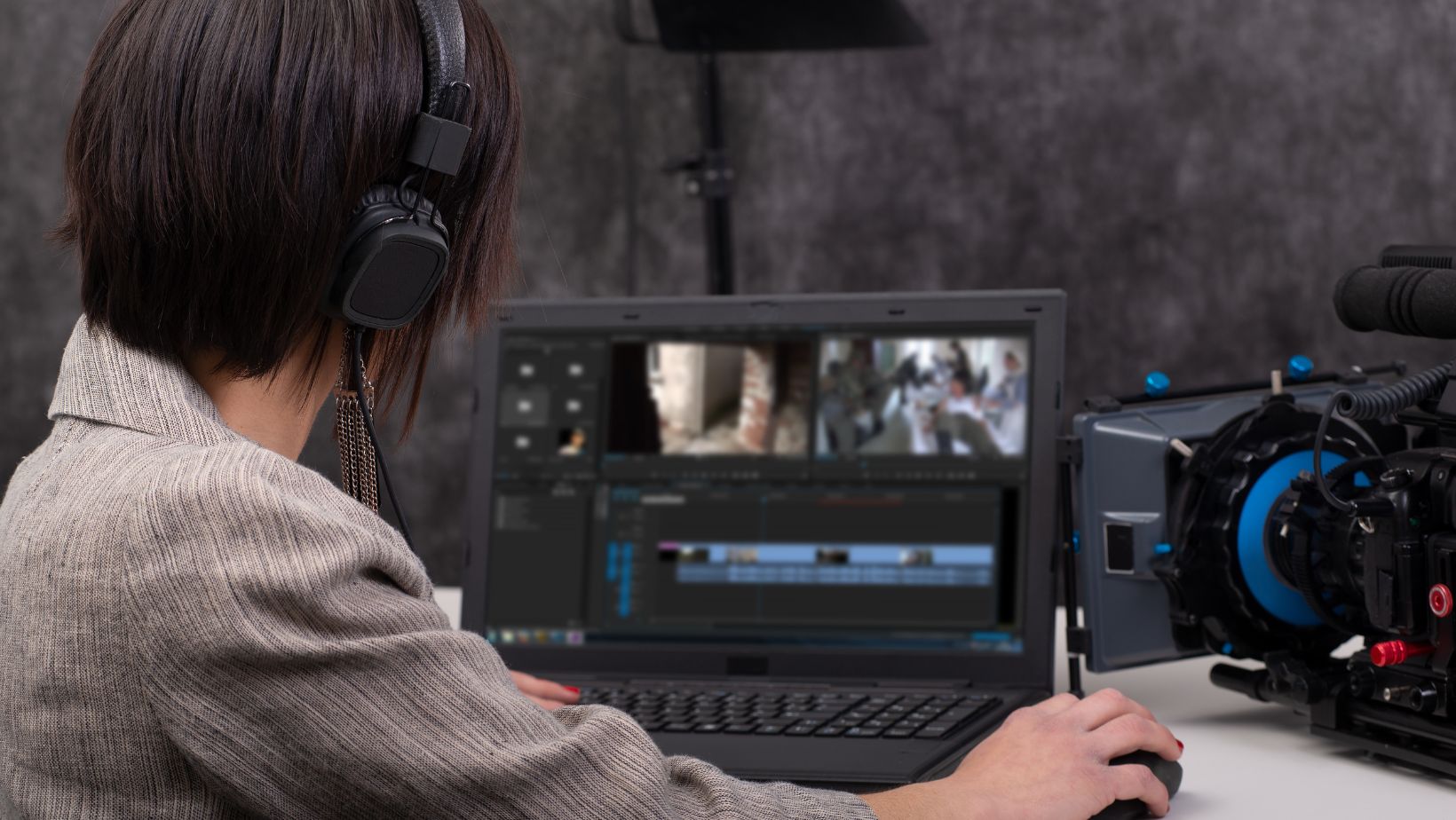Adding a drop shadow in Illustrator is a simple and effective way to enhance the depth and dimension of your designs. Whether you’re working on a logo, illustration, or any other graphic project, mastering this technique can take your artwork to the next level. In this article, I’ll walk you through the step-by-step process of how to add a drop shadow in Illustrator.
Mastering how to add a drop shadow in Illustrator opens up endless possibilities for creating eye-catching designs. Whether you want to give elements a 3D effect or simply make them pop off the page, this technique is an essential skill for any designer’s toolkit. So grab your creativity by the hand and let’s dive into adding stunning drop shadows in Illustrator together!

How to Add a Drop Shadow in Illustrator
To begin, open up Adobe Illustrator and select the object or text that you want to apply the drop shadow effect to. Next, navigate to the “Effect” menu at the top of the screen and choose “Stylize.” From there, click on “Drop Shadow” to access the settings panel for customizing your shadow.
The first one is “Opacity,” which controls how transparent or opaque the shadow appears. You can experiment with different opacity levels to achieve various effects based on your design needs. Another important setting is “Angle,” which determines the direction from which the light source casts its shadow. By changing the angle value, you can create shadows that appear more natural or dramatic depending on your artistic vision.
Additionally, you have control over attributes like “Distance” and “Size.” Distance regulates how far away from the object the shadow appears, while Size influences its overall spread or blur level. Adjusting these values allows you to fine-tune your drop shadow until it perfectly complements your design.
Lastly, don’t forget about color! By default, Illustrator applies a black or grayscale shade for shadows. However, feel free to experiment with different colors that align with your overall design scheme. Simply click on the color swatch next to “Color” in the settings panel and choose from an array of options.
- Select the Object: Start by selecting the object or text that you want to add a drop shadow to. You can do this by clicking on the object with the Selection Tool (V).
- Open the Effects Panel: Next, go to the “Window” menu and select “Effects” to open the Effects panel. Here, you’ll find various effects that you can apply to your selected object.
- Apply Drop Shadow Effect: In the Effects panel, scroll down and click on “Stylize” to reveal a list of stylization effects. Locate and click on “Drop Shadow.”
- Adjust Drop Shadow Settings: Once you’ve clicked on “Drop Shadow,” a dialog box will appear where you can adjust the settings for your drop shadow effect. Play around with options like opacity, blur, distance, angle, and color until you achieve your desired result.
- Preview and Apply: As you make changes in the dialog box, keep an eye on the preview window located at the bottom-left corner of the dialog box. This will show you how your drop shadow will look before applying it.
- Click OK: Once you’re satisfied with your drop shadow settings, click OK to apply it to your selected object.
To begin, select the object or text that you want to apply the drop shadow to. Once selected, go to the “Effect” menu at the top and choose “Stylize,” then click on “Drop Shadow.” A dialog box will appear with various options for customizing your drop shadow.
The first setting you’ll come across is “Mode,” which determines how the drop shadow interacts with other elements in your design. Experiment with different modes like “Normal,” “Multiply,” or “Screen” to see which one works best for your project.
Next, you can adjust the opacity of the drop shadow using the “Opacity” slider. This allows you to control how transparent or solid you want the shadow to appear. Play around with this setting until you achieve just the right balance between visibility and subtlety.
Another important parameter is “X Offset” and “Y Offset.” These controls determine where your drop shadow appears in relation to your object or text. By tweaking these values, you can position it precisely where you want it – whether it’s directly behind or slightly off-center.
Additionally, Illustrator offers options for adjusting both blur and size. The “Blur” setting determines how soft or sharp-edged your drop shadow looks while increasing or decreasing its value respectively. On the other hand, changing the size alters how large or small your shadow appears in relation to its source object.
In summary, adjusting the drop shadow settings in Illustrator involves selecting the object or text, accessing the “Effect” menu, choosing “Stylize,” then “Drop Shadow.” From there, you can customize parameters such as mode, opacity, offset, blur, size, and color to achieve the desired effect. Happy designing!






